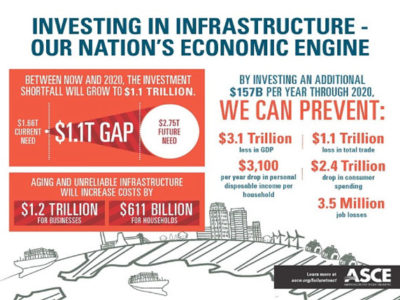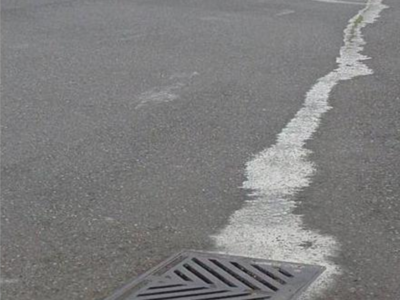Water
California’s internecine water war
Dianne Feinstein versus Barbara Boxer; maximizing water deliveries versus protecting the environment
If you thought California was immune to the season of political craziness, think again. California Democrats Dianne Feinstein and Barbara Boxer were elected to the Senate together in 1992. They are usually on the same side, but not always. Water is one of the issues on which they often part company. Feinstein is a water …
Continue reading “California’s internecine water war”
CONTINUE READINGSearching for Votes in the Senate
Q: Can the Dems scrounge up the votes to block anti-environment actions? A: Maybe.
Paul Ryan and Donald Trump have vowed to roll back many environmental protections. The Senate seems to be the one barrier against anti-environmental moves by Congress. How strong is that barrier? The answer depends in part on whether the filibuster option remains open. If the filibuster rule remains intact, the Democrats’ 48 votes in the Senate …
Continue reading “Searching for Votes in the Senate”
CONTINUE READINGLet’s Get America Moving Again
Make infrastructure a top priority for the new Congress
There’s actually one policy that Clinton and Trump agree on: the need for a massive investment in infrastructure. However the election comes out, that should be a top legislative priority, combining economic, safety, and environmental benefits – and political benefits for the next President because of its popularity. It would help get the country moving …
Continue reading “Let’s Get America Moving Again”
CONTINUE READINGSurveying Climate Change Law
In only 25 years, a dynamic new field of law has taken root.
Climate Change Law, the first volume of Elgar’s Encyclopedia of Environmental Law has just appeared. There are a number of excellent edited collections about aspects of climate change law. What distinguishes this one is that breadth of the coverage, including both international and domestic aspects of carbon reduction and adaptation to climate change. The book confirms how quickly climate change …
Continue reading “Surveying Climate Change Law”
CONTINUE READINGState regulation of environmental harms on federal lands
California Supreme Court case indicates substantial authority for states to act
Sean has already reported on the recent Rinehart decision by the California Supreme Court, in which the Court concluded that a state law imposing a temporary moratorium on the use of suction dredge equipment in California waterways was not preempted by federal mining law. Here, I just want to add to Sean’s excellent summary by …
Continue reading “State regulation of environmental harms on federal lands”
CONTINUE READINGThe Clean Water Act, Federalism, Big Money and the California Supreme Court
Ill-considered Supreme Court Decision Threatens California’s Administration of Clean Water Act Permit Program
The California Supreme Court recently issued a little-noticed decision on a seemingly arcane state public finance issue that could well wind up having a dramatic, negative effect on California’s continued ability to administer the federal Clean Water Act’s permit program in the Golden State. The case is Department of Finance v. Commission on State Mandates. In …
Continue reading “The Clean Water Act, Federalism, Big Money and the California Supreme Court”
CONTINUE READINGOf Pipelines, Protests, and General Permits
A fight in North Dakota reveals problems in how we permit and review large infrastructure projects
Native American tribes and environmental groups are currently protesting the completion of an oil pipeline in North Dakota. The pipeline would travel beneath the Missouri River. Tribes and environmentalists are fighting the pipeline both through litigation and also through direct action (occupying the site where the construction to complete the pipeline beneath the river would …
Continue reading “Of Pipelines, Protests, and General Permits”
CONTINUE READINGRio’s Dirty Water
Everyone seems to be talking about the pollution in Guanabara Bay
With the Opening Ceremonies for the 2016 Summer Olympics set for tomorrow night, the world’s attention is turned to Brazil. For someone with a great love for the country, it is disheartening to see the series of articles in the run-up to the Olympics emphasizing the negatives—challenges due to political turmoil, security concerns, the Zika …
Continue reading “Rio’s Dirty Water”
CONTINUE READINGDo water managers’ perceptions influence innovation?
New survey probes the innovation deficit
Climate change and population growth are rapidly increasing stress on our water systems, challenging their ability to deliver critical services. To respond to this, we need more than simple course adjustments in how we manage our water – we need entirely new paradigms that will improve resource efficiency and support more sustainable urban water systems. Considerable …
Continue reading “Do water managers’ perceptions influence innovation?”
CONTINUE READINGThe Irony of a Developing Nation’s Climate Agenda
The challenge of developing and decarbonizing at the same time
Mexico has been busy. Or at least, its energy and environmental ministers have been. Over the last several years, Mexico has held its first auction for renewable energy contracts, opened its energy market to private competitors, and increased its renewable energy capacity by more than thirty times the level in 2008. At the same time, …
Continue reading “The Irony of a Developing Nation’s Climate Agenda”
CONTINUE READING











